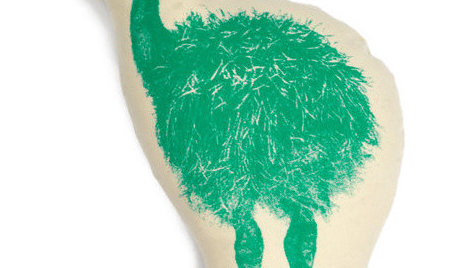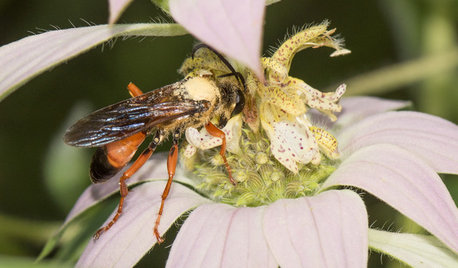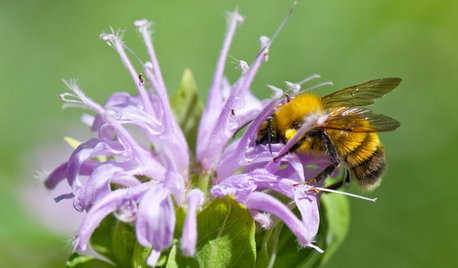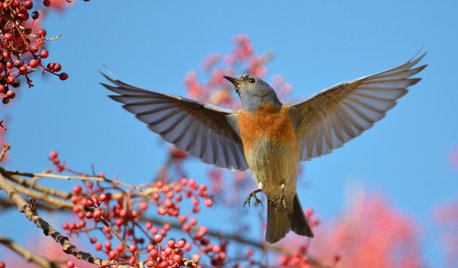Grasshoppers)))Help
texasoiler2
10 years ago
Related Stories

FALL GARDENINGReflecting on a Gardening Year
Mistakes and successes, surprises and comforts. The garden helps us grow in new ways every year
Full Story
PRODUCT PICKSGuest Picks: Design With Your Funny Bone in Mind
20 picks to help you show off the best quirks in your personality
Full Story0

GARDENING GUIDESGreat Golden Digger Wasp: A Beneficial Flower-Visiting Insect
Introducing the great golden digger wasp, a colorful pollinator that also hunts foliage-eating insects
Full Story
EDIBLE GARDENSGarden BFFs? Why Your Vegetables Are Begging for Companion Plants
Foster friendships among plants for protection from pests, pollination support and color camaraderie
Full Story
COLORDreaming in Color: 8 Gorgeously Green Bedrooms
Bring in a bold splash of watery blue-green or a slice of soft celery for a colorful yet sleep-friendly sanctuary
Full Story
GARDENING GUIDESSupport Bumblebees by Providing Forage in 3 Seasons
Bumblebees are fascinating and fun to observe foraging in gardens. Find out how to create a buffet for these fuzzy, charismatic bees
Full Story
GARDENING GUIDESTexas Gardener's June Checklist
Win the battle against heat and drought with these plant picks and extra effort, for a garden that reigns supreme in summer
Full Story
FRONT YARD IDEAS10 Ideas for a Front-Yard Edible Garden Your Neighbors Will Love
Choosing attractive, well-mannered plants and sharing the bounty will go a long way toward keeping the peace
Full Story
GARDENING GUIDESHow to Bring the Joy of Bluebirds to Your Garden
Attract these beautiful songbirds with nesting habitat and food sources, including berry-producing trees and shrubs
Full Story
GARDENING FOR BUTTERFLIESGardening for the Bees, and Why It’s a Good Thing
When you discover how hard bees work for our food supply, you may never garden without them in mind again
Full StorySponsored
Columbus Design-Build, Kitchen & Bath Remodeling, Historic Renovations
More Discussions







Okiedawn OK Zone 7
texasoiler2Original Author
Related Professionals
Maple Valley Landscape Architects & Landscape Designers · Gainesville Landscape Contractors · Hartford Landscape Contractors · Dallas Landscape Contractors · Hickory Hills Landscape Contractors · Mastic Beach Landscape Contractors · New Braunfels Landscape Contractors · New Providence Landscape Contractors · Oak Forest Landscape Contractors · Boise Decks, Patios & Outdoor Enclosures · Framingham Decks, Patios & Outdoor Enclosures · Inwood Decks, Patios & Outdoor Enclosures · Lebanon Decks, Patios & Outdoor Enclosures · Liberty Decks, Patios & Outdoor Enclosures · Decks, Patios & Outdoor EnclosuresOkiedawn OK Zone 7
texasoiler2Original Author
TaraLeighInKV